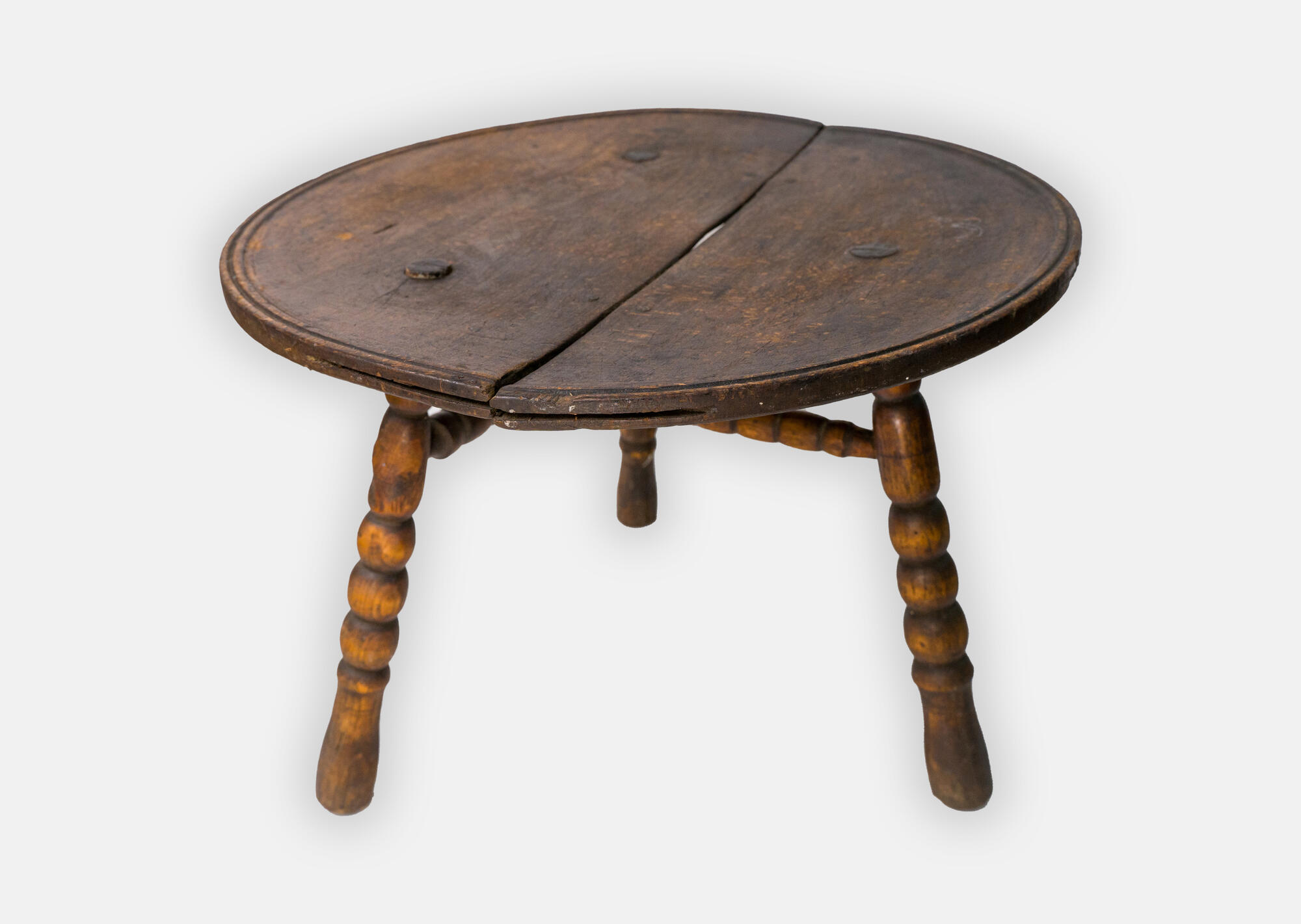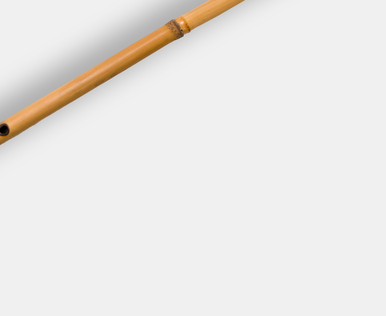All the necessary wooden items, including furniture, were made by the Adyghe with their own hands for centuries. Wood processing belongs to the most ancient crafts of the Adyghe. This is evidenced by archaeological findings.
Adyghe craftsmen with great skill made “ane”, which was simultaneously a table and a tray. These tables were the most widespread in Adygea, each family had one. They were most often made on a lathe from elm and less often from beech and ash. These tables were often very elegant. Woodcarvers sought to place an image of a horned animal’s head on the bottom of the table, most often a ram, as a symbol of abundance in the customer’s house. Three-legged benches with legs turned on a lathe were made for these tables.
Vyacheslav Ujuhu, a master woodworker, told how he creates the ane table:



